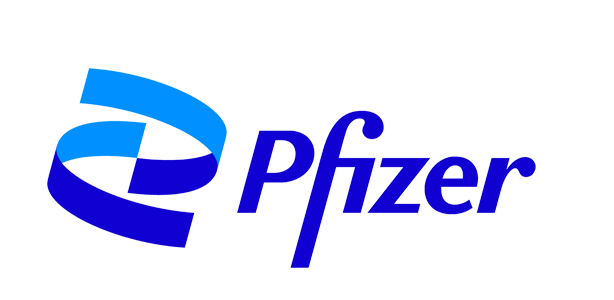CGRP mAbs have potential to reduce both health costs and socioeconomic burden of migraine, according to new data on patients with chronic migraine (CM), high-frequency episodic migraine (HFEM) and low-frequency episodic migraine (LFEM) collected by patient organisations and networks in Denmark, and applied to an economic model. Health economic savings from starting CGRP mAbs were …
Read more »The intranasal, small molecule CGRP receptor antagonist, zavegepant, has demonstrated a favourable safety and tolerability profile in a 1-year, phase 2/3 open-label safety study in acute migraine (NCT04408794). Of 608 people who entered the long-term treatment phase, 603 were treated with zavegepant 10 mg nasal spray for up to 52 weeks. The treated population had …
Read more »Extensive results from the Phase 3 PROGRESS trial of atogepant in chronic migraine prevention presented at MTIS 2022 included data showing early and sustained reductions in monthly migraine days (MMDs),1 and efficacy in patients with medication overuse.2 Modified intent-to-treat data from 755 participants with baseline MMDs from 18.6 to 19.2 showed mean MMD changes at …
Read more »Younger patients and those with fewer days of headache, without depression, with accompanying symptoms, or with a good response to triptans have responded best to galcanezumab in a real-world study of chronic migraine (CM) carried out in Korea. In the prospective study of 238 patients with CM with and without medication overuse, treated with monthly …
Read more »Many patients with chronic migraine (CM) taking fremanezumab revert to episodic migraine but nearly all need to continue treatment for a second year. This is the real-world experience of British migraine specialists who monitored the impact of fremanezumab treatment in 300 patients with CM. All patients had tried and failed at least six treatments, with …
Read more »First clinical evidence that cAMP-evoked migraine attacks act downstream of the CGRP receptor, apparently independent of CGRP-receptor activation, has been reported by Danish Headache Center researchers. “These findings open new avenues for mechanism-based drug development for migraine,” they conclude. In the study, the CGRP and phosphodiesterase 3 inhibitor, cilostazol, was used to provoke migraine in …
Read more »





